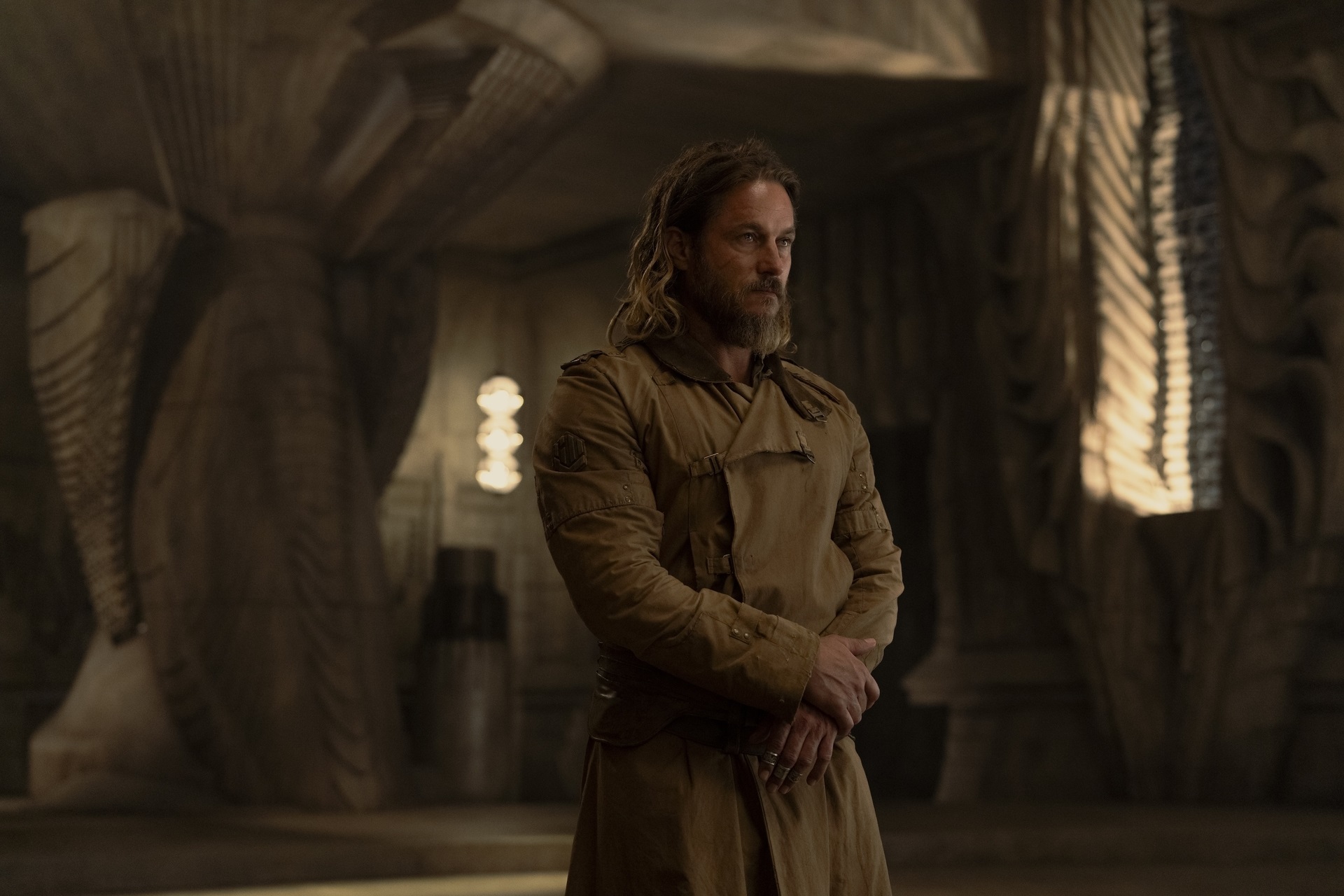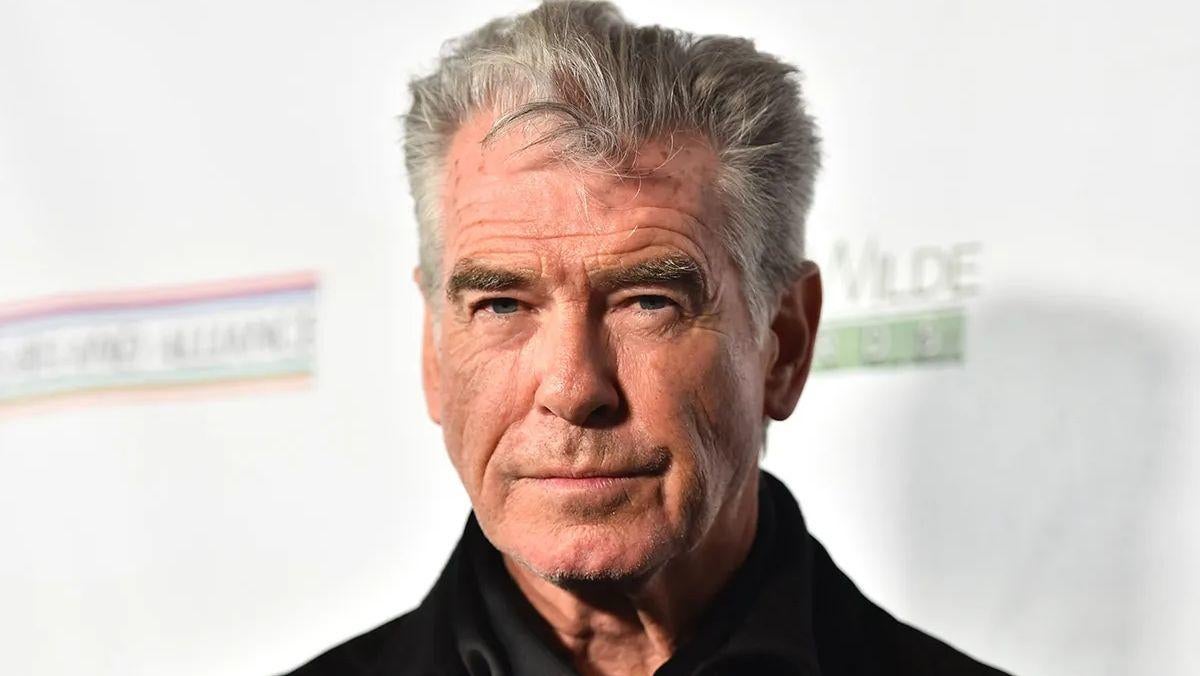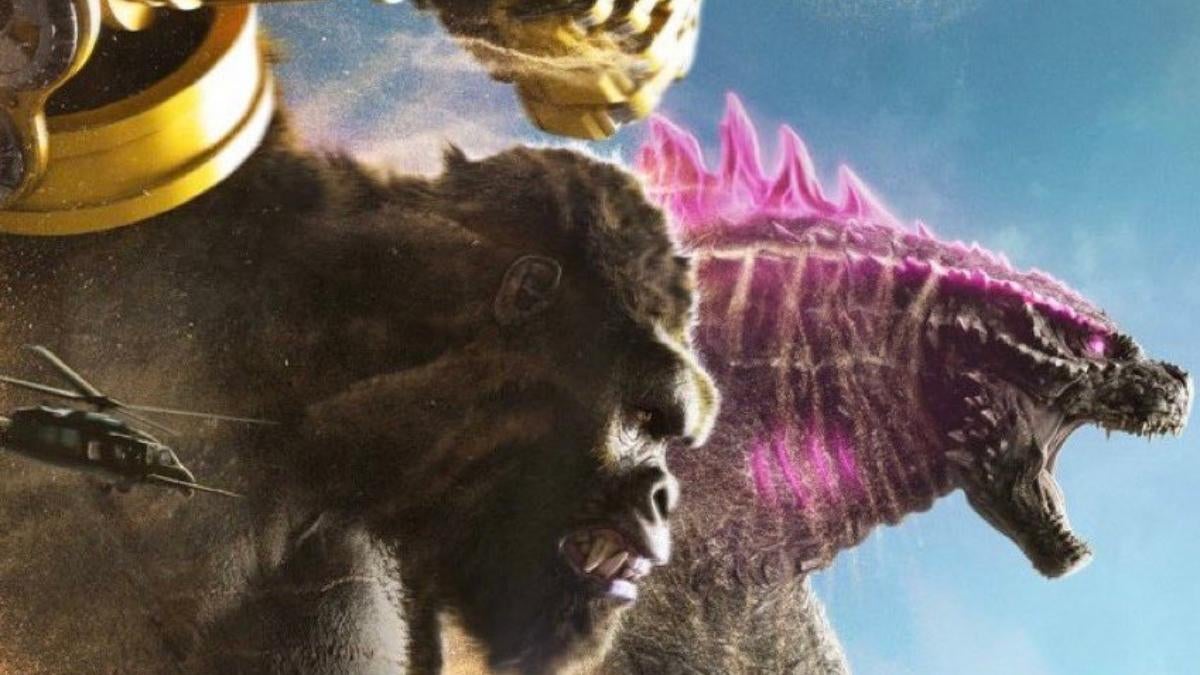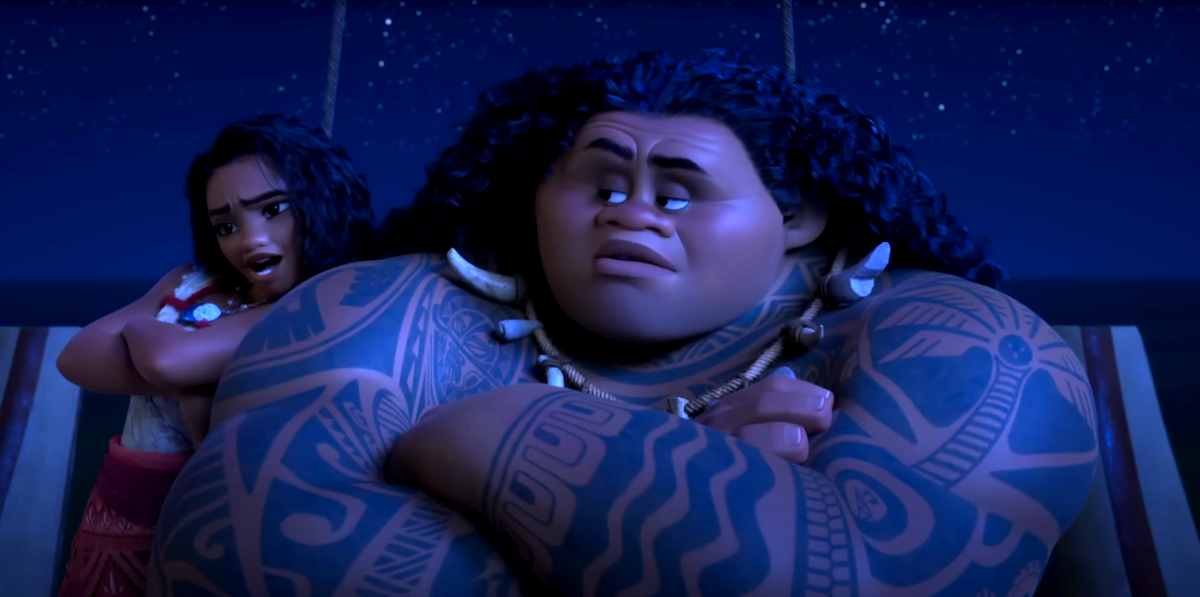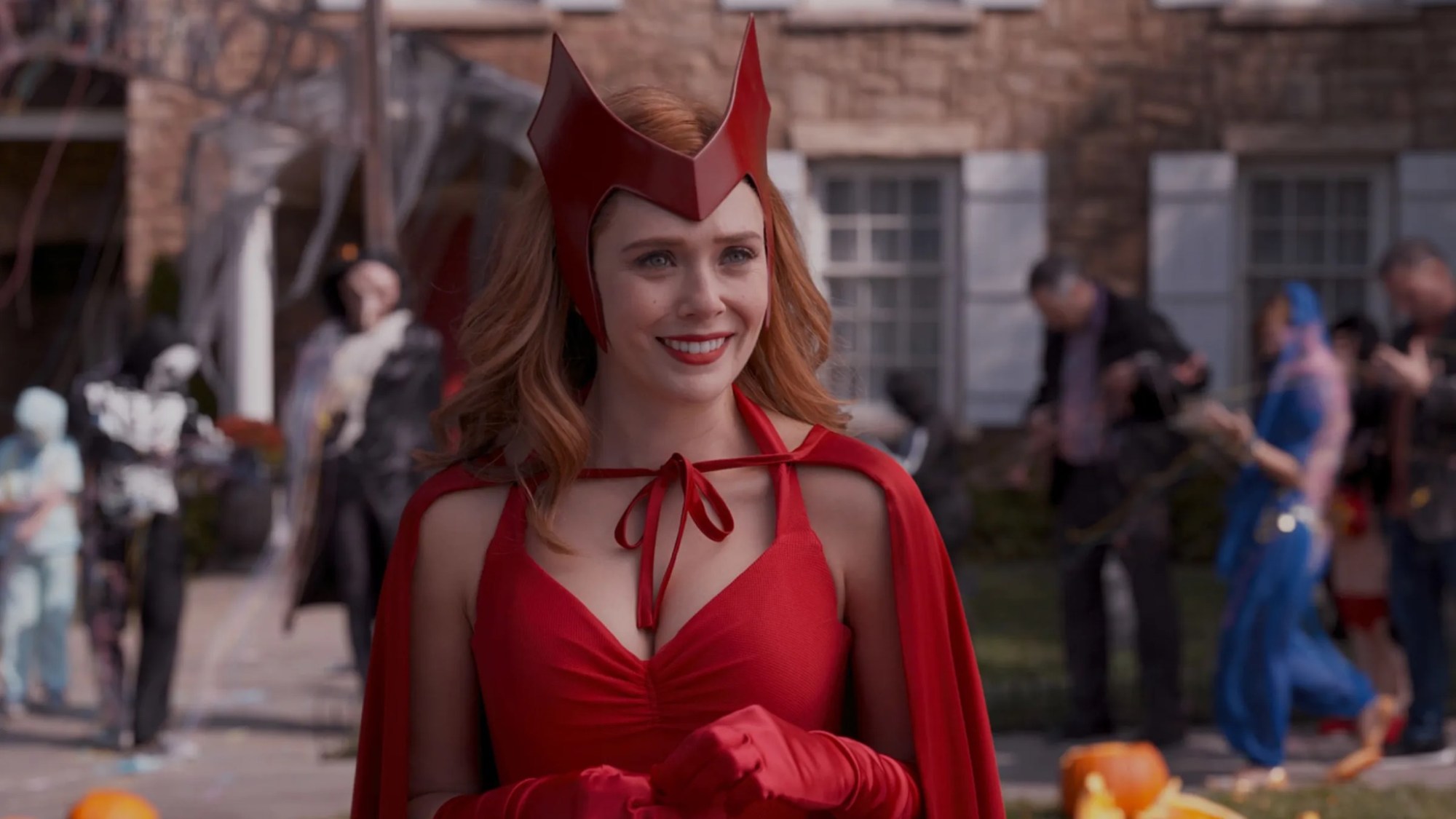The mobile-only streaming platform Quibi was poised to revolutionize how audiences consumed media, as it broke down long-form stories into digestible installments of less than ten minutes. To bring in subscribers when it launched in 2020, Quibi enlisted the talents of a number of compelling storytellers, which included writer/director Veena Sud developing the thriller series The Stranger, which starred Maika Monroe and Dane DeHaan. Sadly, one of the major setbacks the platform faced was that it launched as the coronavirus pandemic was kicking off, which meant viewers were more interested in what they could stream on their TVs. When Quibi called it quits later in 2020, it sold off its titles to The Roku Channel, but Sud wasn’t content to let the project languish in an overlooked corner of TV and has brought back the project for Hulu, where it is now streaming.
The Stranger is described, “New to Los Angeles, rideshare driver Clare (Maika Monroe, star of It Follows and Neon’s upcoming Longlegs) picks up Carl (Dane DeHaan, recently seen in Oppenheimer and star of HBO’s The Staircase) from a home deep in the Hollywood Hills. What begins as a routine ride turns into Clare’s worst nightmare: a twelve-hour fight for survival through the city’s seedy underbelly. Carl is not the passenger Clare thought he was, and Clare is not easy prey…Avan Jogia (Victorious, Now Apocalypse) also stars in this thriller, coming soon to Hulu as a new feature-length film.”
The Stranger marked a unique opportunity for Sud, as the story was specifically developed as an episodic experience optimized for mobile phones, though she has since reimagined the entire project to deliver genre fans a cohesive feature film.
ComicBook.com caught up with Sud to talk the experience of making the project, revisiting it all these years later, and rekindling her passion for the adventure.

ComicBook.com: When you think back on actually making the series or even writing the show, were there times when you were developing it where you thought, “You know what? I’m really excited about this, but I do wish that it was a feature film,” or was that something that didn’t even really dawn on you until you had this opportunity?
Veena Sud: Well, from the very get-go, at my very first meeting with [Quibi’s] Jeffrey [Katzenberg], he did say, “Look, part of the perks of trying this new art form is I’m giving the artist the copyright to their own work.” So that itself just opened up so many doors in my own mind, and for all of us, that we were basically given the opportunity to make this one very, very, very, very, very specific type of thing that most likely could not live anywhere else, but if we were crafty enough, we could figure out how to make it live on and on and on and on in whatever form.
What I chose, just because the math made sense, it was 10-minute episodes. Whatever it was, 10 episodes, I don’t even remember now, but it was basically the length of a feature film and it followed, if not the true three-act structure, there was an inherent, usual hero’s journey in it because it was a limited series as conceptualized by Quibi. I did know going in — now I have to think about this as episodic, but also how it can come together as a feature.
We had to shoot it that way, which was even more interesting. It was such a challenge for all of us. My DP, Paul Yee, is just a genius, and my production designer, Jenny Möller, was amazing, because we spent so much time talking about, “Let’s see something one way but continue to be able to have the capacity at some point to walk away with footage and see it another way, horizontal versus vertical.”
As you were revisiting and re-imagining the material, was there something that you came across that made you think, “Ah, if only I could have told 2019 Veena this while on set,”? Is there anything like that where you thought, “I wish that there was something I had done differently when bringing the series to life back then,”?
Well, that’s a really good question, because I think all of us … I’ve looked back at every single thing I’ve done, and I was just like, “Oh, good God. Seriously, you wrote that, you thought that?” I think that structurally, though, in this specific incident, no, because it was designed from the get as both. The big question was does it work as both?
I knew after looking at the finished Quibi series, yes, it worked as the TV episodic. But it wasn’t until me and my editor sat down and we put it all together and we smoothed out and we took some shots out and replaced with others that we said, “Does this even work? Let’s take a look.” It felt like it did, and for people who watched it on Quibi, what this version allowed was this much more material and this much more material, because the screen now was this versus that.
Well, and that’s another thing, because I’m someone who watched not only the original version, but also this version. And so, for other people who maybe watched it originally and now it’s a different thing and it’s coming to Hulu, what do you think might be the biggest difference other than necessarily just the platform? Structurally or story-wise, what would be the reason that is so fulfilling for people to revisit in this recontextualized format?
I think so much of what I imagined when I was thinking of it as a feature was the visceral pleasure of walking through a city that we think we know that we don’t know. And so, I purposely picked locations that aren’t the typical L.A. things. I feel like L.A., it’s such an iconic city, but the parts of the city in the film, it’s the noir L.A. I was like, “This is a noir city. Let’s see it as such.” And so, I think the visceral pleasure of being able to see this much, this big on your big home TV or on your laptop is certainly a different experience than this.
What I loved about the tiny, vertical experience was we created this thing called, or we didn’t create it but we thought about it when we were shooting, Z depth. Instead of our usual left, right, expansive, blah, blah, we had to think about going into the screen. That’s why we shot things behind her when she’s moving forward. I talked about this before, we pushed the candy aisles closer to her in the gas station so you would feel things moving so you wouldn’t be bored just seeing a floating head like we are in FaceTime with each other. It created its own visual language, which was propulsive. I think this visual language of this story is very noir, classically noir. So in the same way that kitchen table dramas feel different than epics, it’s a visceral kind of difference and experience in the story.
Something very specific that maybe I paid more attention to or resonated with me more than you had even initially planned is the ringtone in the movie, because any time you’re watching a movie and someone’s using, say, an Android product and you hear the Apple ringtone, I’m always thinking, “Wait, what? What’s going on here?” So, the ringtone was this very unique, creepy, familiar sound but had something very ominous about it. Can you talk at all about just what that process was like finding that specific tone, if it was just something you came across, or if it was designed specifically for this story?
The ringtone on Dane, the bad guy’s text, was very purposeful and was designed. That was a Quibi invention. And, again, I think what was so pleasurable about Quibi is that we had to reinvent things and be like, “Okay, how do I get attention? How do I get people to look at phones when we are looking at 20 million things on our phones? And what is the experience of a phone?” The one common denominator for literally, oh, my gosh, every single person on the face of the Earth is we all have an opening rush when we hear our phone go off. And so, I was like, “Okay, how do we use that thing that we’re feeling to scare the sh-t out of us?”
We talked about, every time an episode would drop in a person’s phone who subscribed to Quibi, that ringtone would hit. And at one point, we were talking about if we dropped all of the episodes over the course of 12 hours, every hour you would get that creepy-ass ringtone. So mid-season, when it’s at the scariest and bad guys chasing them through the streets of L.A. at 2 a.m., you get that ringtone. You wake up, and you’re like, “Oh, my God.” Then you watch the thing, because it’s addictive, and then you go to sleep and maybe even dream about it.
It was like, again, how do we engage with a thing that engages with us versus the traditional television or movie screen that we sit in front and take in? We get to engage back and forth with it, so that was the purpose of a very specific ringtone. When you heard it on your phone you would know exactly what it was, and you’ve become acclimated over the course of many episodes to have, not a dopamine reaction, but a reaction of fear and trepidation to it.
This journey with Maika as Clare, there’s definitely a resolution, but it can’t help but leave you wondering what is next in her life. Was this something traumatic she never recovered from? Was this something that was empowering to her? For you, revisiting this as a creative, has that sparked some storytelling flames within you of wanting to maybe revisit Clare’s character and what would be next for her? Or was this almost more of a closing of the book, given the tumultuous journey of Quibi and you finally get this opportunity to make sure that audiences get to check out this thing you put so much heart and soul into?
I think for any writer or creator, it’s always like I’m intrigued by what organically comes next. So, yeah, I don’t close chapters very well. I keep trying to get my TV shows back on TV. I’m the zombie TV creator, and so nothing ever dies.
I feel that, who knows? Especially given what’s going to happen later in 2024. This movie is about schooling and beating toxic masculinity, and we’re in real life about to f-cking go down that road again, potentially. Who knows what will come out? But I do love the idea, and I always love the idea of telling a story where we get to win at the end. She won, and she changed, and she went from a woman who understandably cries in the face of extreme terror to a woman that says, “No more.”
The Stranger is now streaming on Hulu.
This interview has been edited for length and clarity. You can contact Patrick Cavanaugh directly on Twitter.

